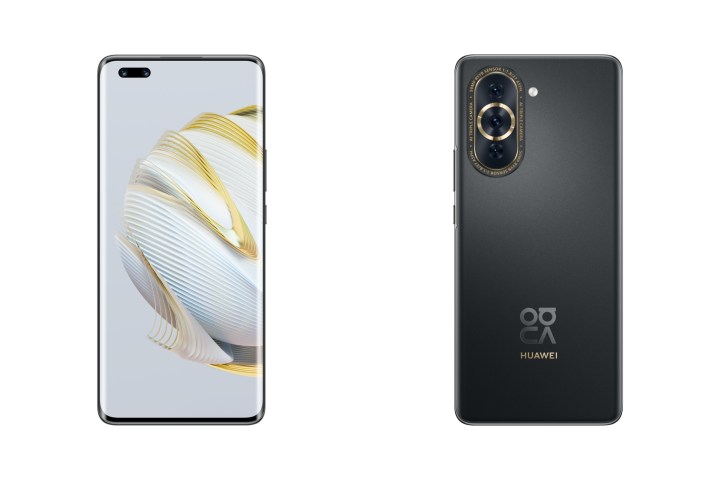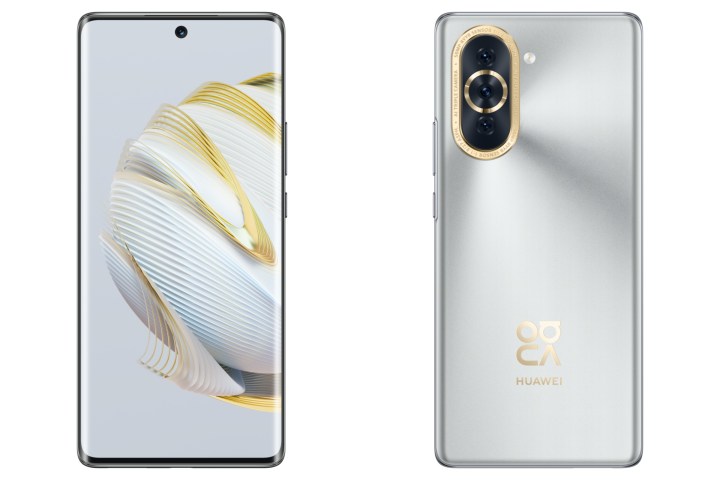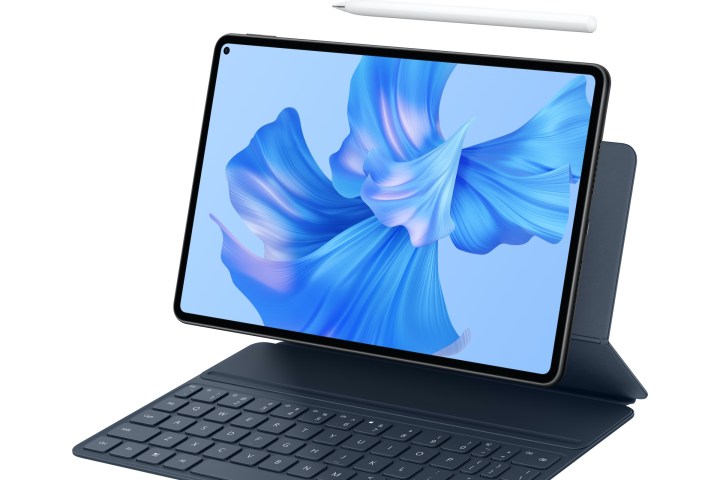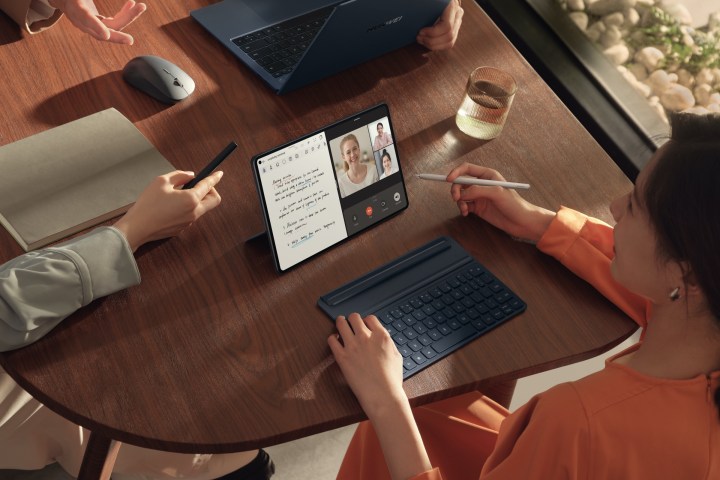Just a couple of months following its debut in China, Huawei is bringing the Nova 10 and its Pro variant to the European market. The two phones have a lot in common, and there’s a trio of surprises in here, both good and bad.
First, neither of these phones offers 5G support. There’s also no headphone jack or a microSD card slot. On the positive side, Huawei has fitted a massive 60-megapixel selfie camera on both devices, which is capable of recording 4K videos.

Coming to the innards, Qualcomm’s Snapdragon 778G runs the show. Notably, the “plus” version of this chip supports 5G and powers phones such as the Nothing Phone 1. On the front is a 6.67-inch FHD+ display with a 120Hz refresh rate and 300Hz touch sampling rate.
Flashy looks, fast charging
Starting with the design, it is unapologetically flashy, thanks to the gold bling around the camera island at the back. The Nova 10 Pro goes with a pill-shaped cutout in the corner, which also houses an 8MP portrait camera for capturing selfies with a bokeh effect.

Huawei has done this design before, and Bloomberg’s Mark Gurman claims that a similar approach will be seen on the iPhone 14 Pro, too. On the vanilla Nova 10, you get a centrally-aligned round cutout at the top.
The camera hardware is led by a 50MP snapper on both phones, complete with support for a dedicated night mode, slow-mo capture, and smile snapshot, among the other usual tricks. It sits alongside an 8MP ultrawide camera and another 2MP sensor for collecting depth information.

Other key differences between the two phones are the battery and charging speeds. The Huawei Nova 10 features a 4,000mAh battery with support for 66W peak wired charging. On the Pro model, you get a larger 4,500mAh unit capable of 100W charging output. Neither phone appears to support wireless charging.
The two phones were launched in China running Harmony OS, which lacks access to core Google services such as the Play Store, Gmail, and Google Maps, to name a few. It is unclear if the units sold in overseas markets will run full-fledged Android with a custom skin on top, and how much they will cost.
And a tablet, of course!
In addition to phones, Huawei has also launched an 11-inch version of the MatePad Pro tablet. This one features an 11.2-inch FHD+ (2560 × 1600 pixels) OLED display with a 120Hz refresh rate. Stylus support is part of the package, and there’s also a keyboard accessory sold separately that very much looks like the options offered by Samsung and Apple.

A larger 12.6-inch version is also on the table. Huawei’s press release doesn’t mention anything about the chip inside, but the company’s official website for the Chinese market mentions two variants with Qualcomm’s Snapdragon 888 and Snapdragon 870 inside.
The front camera is a 16MP unit, while the circular rear camera island houses a 13MP primary snapper and an 8MP sensor for ultrawide capture. An 8,300-mAh battery keeps the lights on and supports a peak wired charging rate of 66W with the in-house super fast charger.

Again, there is no support for 5G connectivity. For those intrigued by the tablet, it comes in blue, creamy white, pearly white, and black shades. Huawei will reveal pricing and release details for the tablet at a later date.




